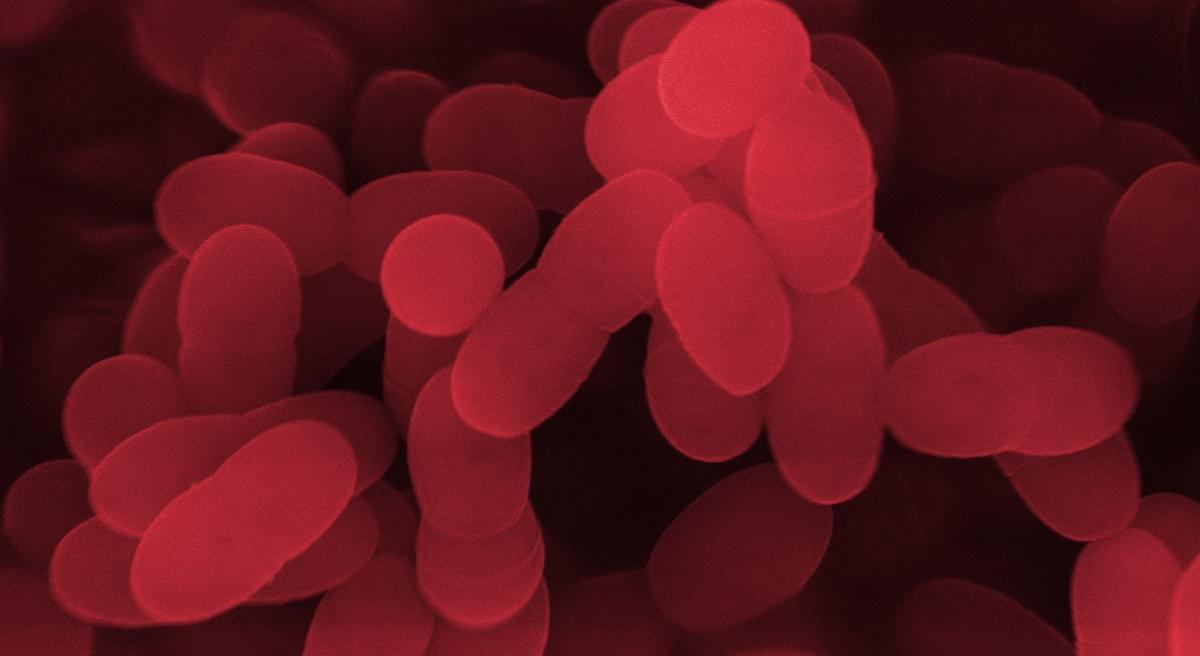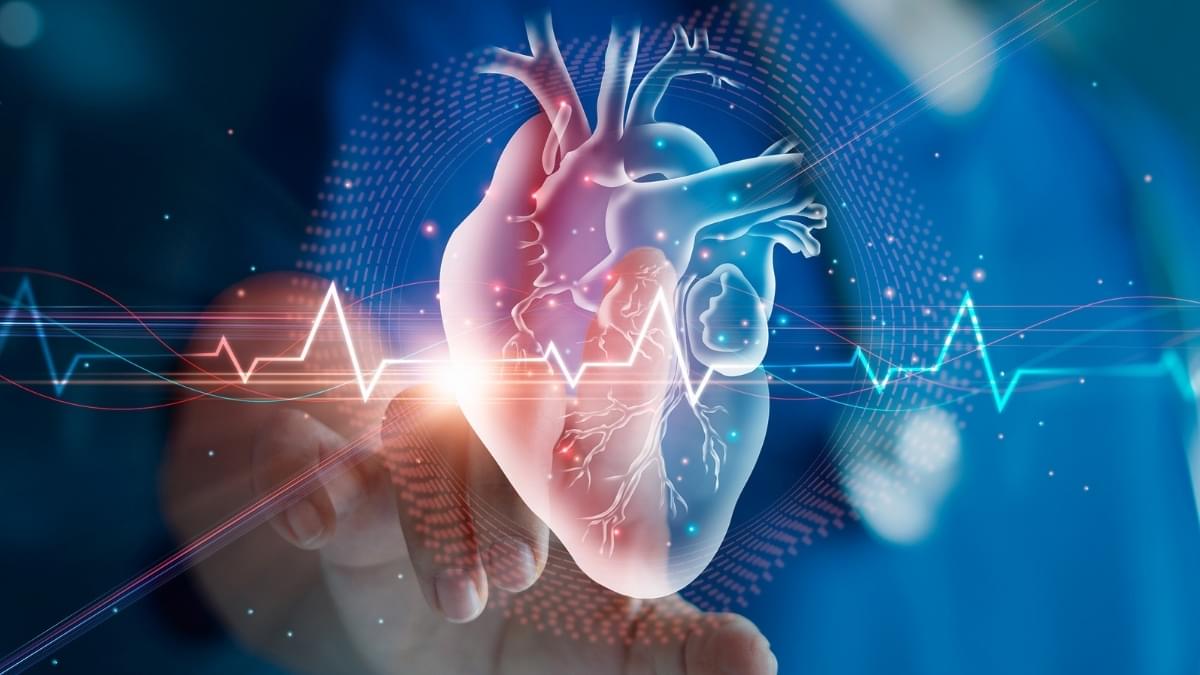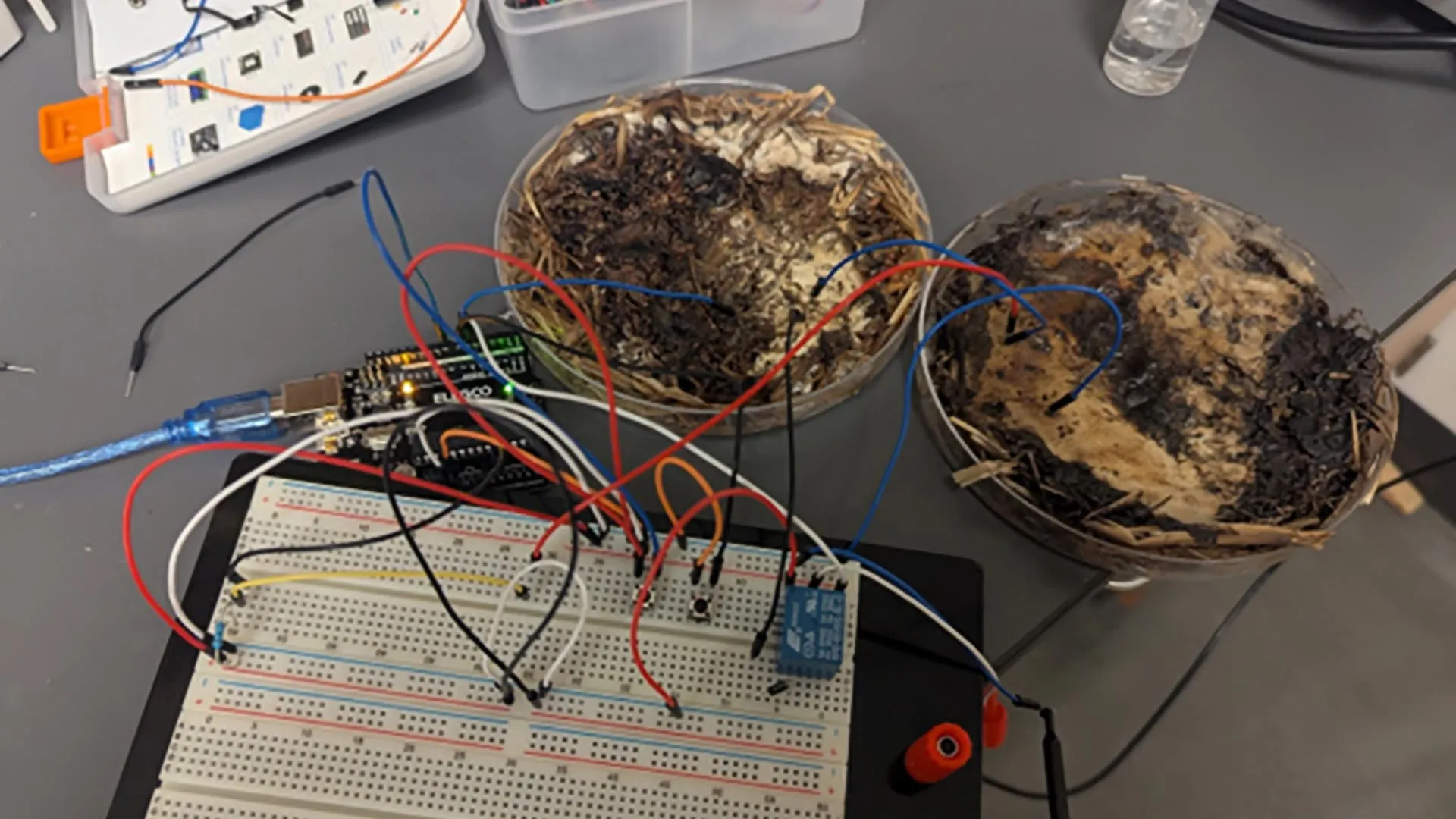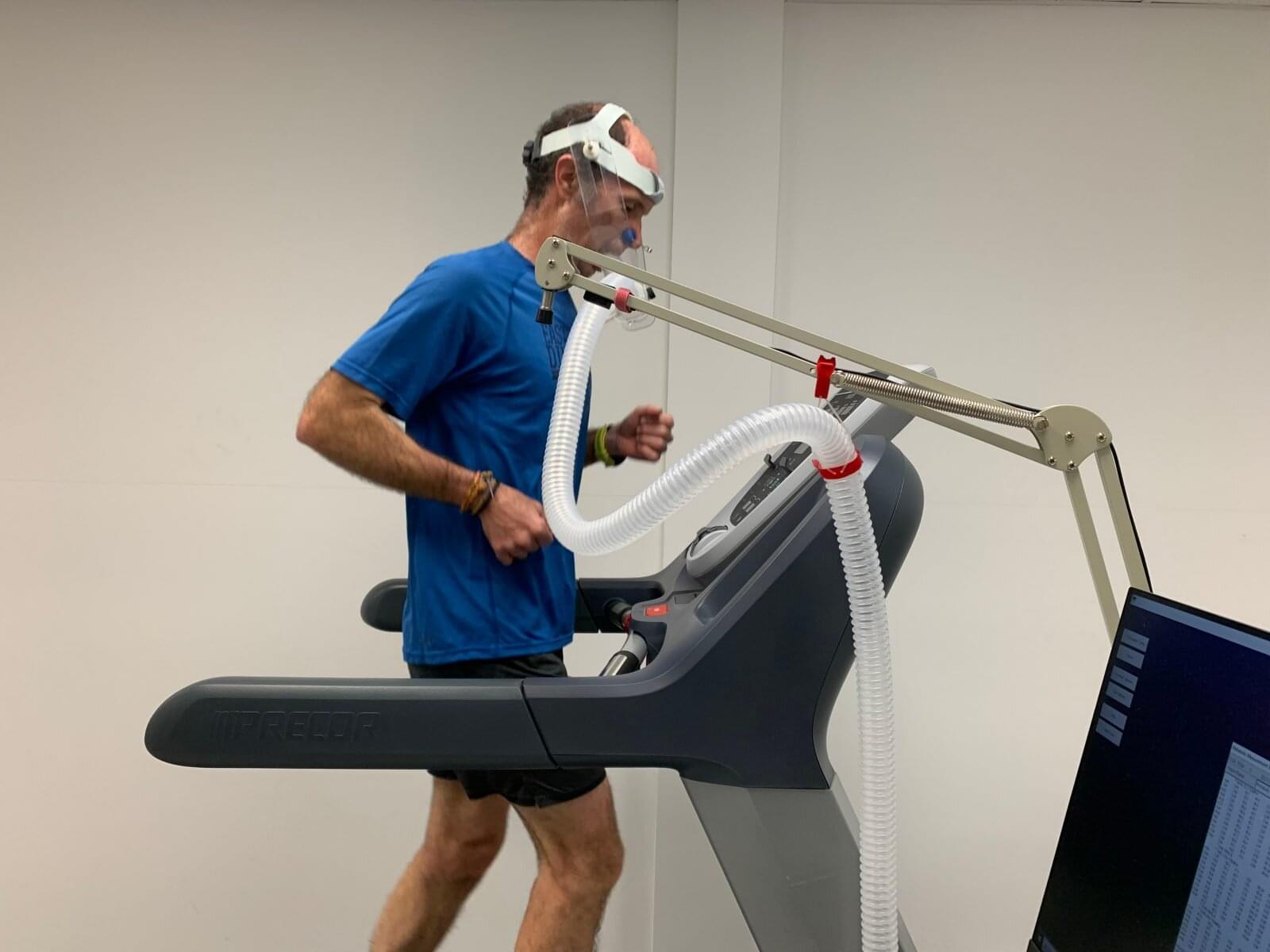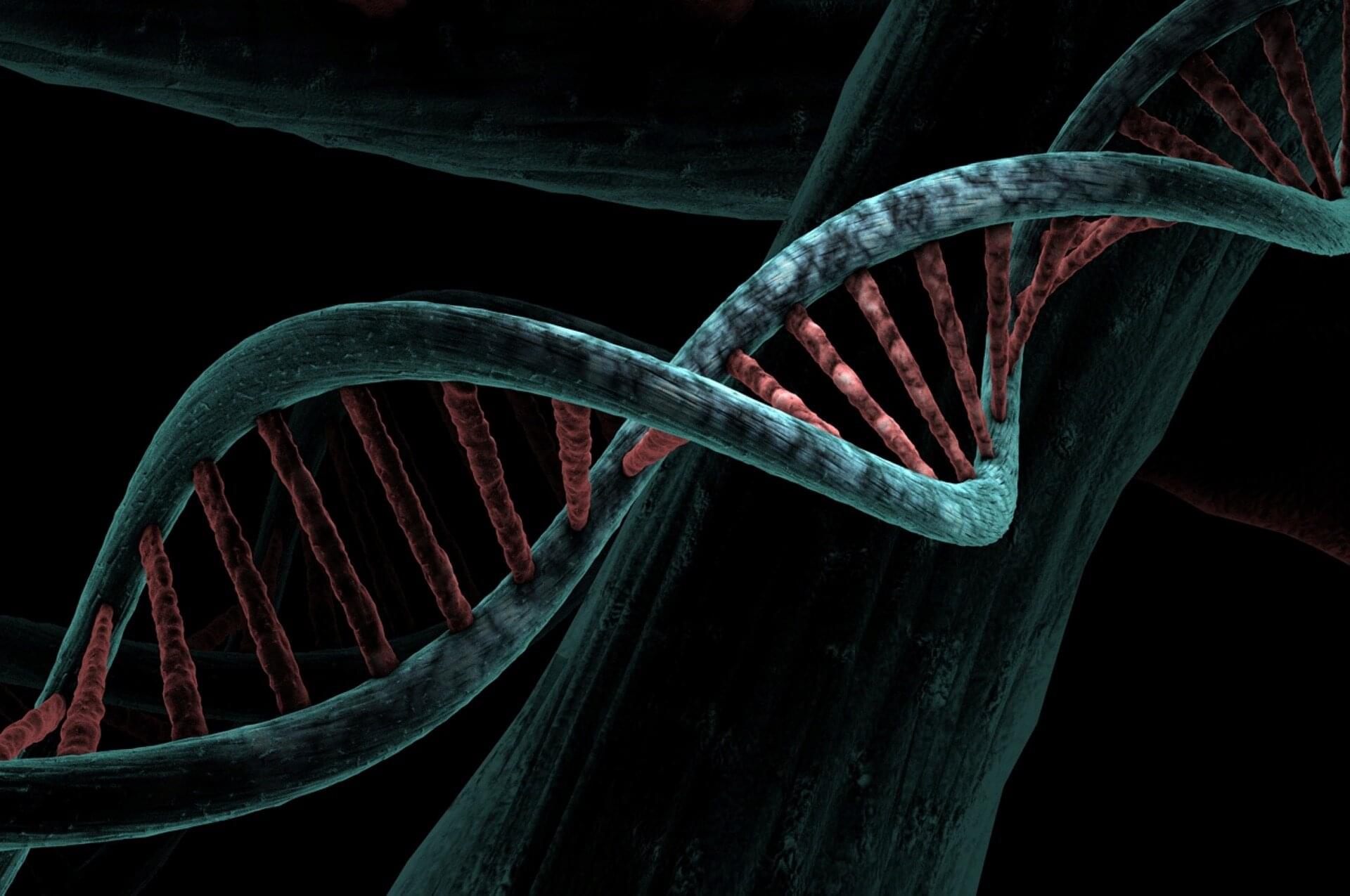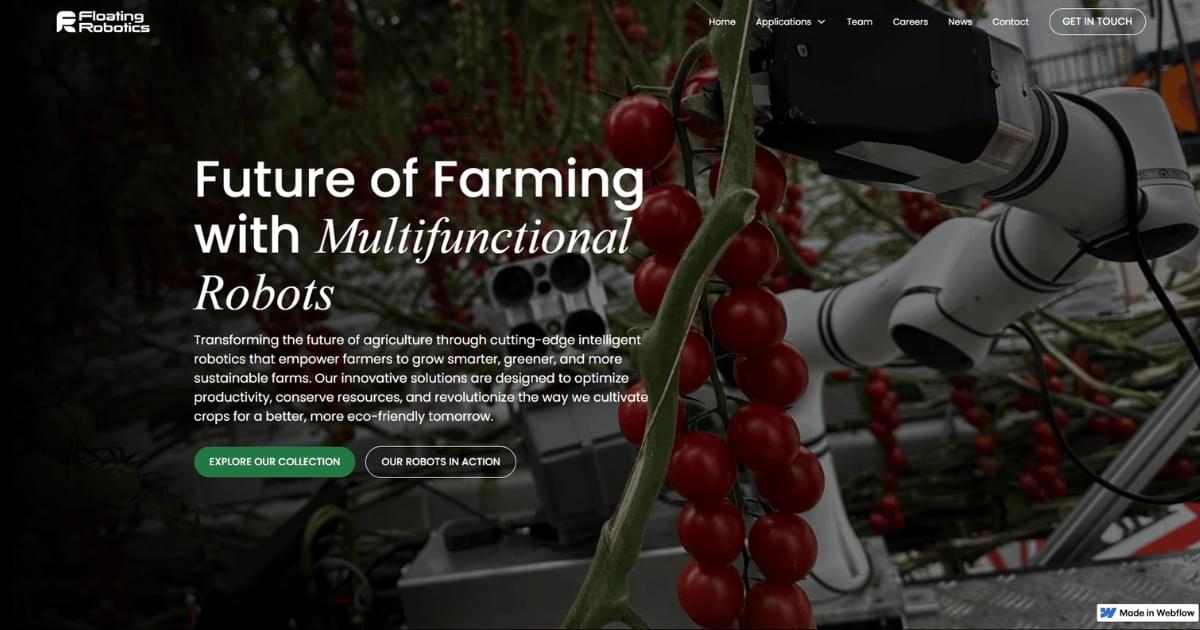Kirin has now worked LC-Plasma into a range of non-beer products including yoghurt beverages, green tea and other drinks. In 2020, these became the first ‘functional’ food or beverages in Japan to be allowed to be marketed as containing potentially immune-boosting ingredients.
“A food or beverage that might help improve immune function had been highly sought after in Japan for almost 30 years. But none succeeded in spite of much effort and expense,” Fujiwara says. “We conducted lots of studies and finally succeeded in meeting government requirements in 2020.”
Researchers at Kirin and NIID/JIHS have also been exploring in laboratory and animal studies the effects of LC-Plasma against various infectious diseases, including influenza, dengue fever, SARS-CoV-2 and common colds.
